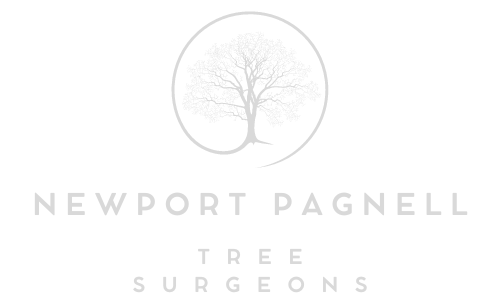Historical Tree Surgery Challenges and Solutions
Introduction: Tree surgery has a rich history dating back centuries, and throughout this journey, arborists have faced many challenges when preserving and maintaining trees in historical settings. Historical trees often hold cultural, historical, and aesthetic significance, making their care a delicate and specialised task. We appreciate the unique challenges of working with historical trees at Newport Pagnell Tree Surgeons. We are here to explore the fascinating history and innovative solutions shaping this field.
Historical Challenges
- Limited Knowledge: In the past, arborists had limited knowledge about tree biology and proper care. This often led to well-intentioned but harmful practices, such as excessive pruning or topping, which damaged or killed trees.
- Old Equipment: Historical tree surgeons had to work with primitive tools, making precise and safe pruning difficult. The lack of modern equipment hindered their ability to perform surgical procedures effectively.
- Preservation vs. Safety: Balancing the preservation of historical trees with public safety has always been a challenge. Trees that pose a risk to people or property must be managed carefully without compromising their historical significance.
Historical Solutions
- Advancements in Tree Biology: Our understanding of tree biology and care has grown significantly over time. Arborists now have access to knowledge about how trees grow, heal, and respond to different treatments, allowing for more effective and safe tree surgery practices.
- Modern Equipment: Developing advanced tree surgery equipment, including chainsaws, cranes, and climbing gear, has revolutionised the field. These tools enable arborists to perform precise and safe surgical procedures on historical trees.
- Selective Pruning: Rather than resorting to excessive pruning or topping, modern arborists prioritise particular pruning techniques that maintain the tree’s natural shape and structural integrity while removing dead or hazardous branches.
- Tree Risk Assessment: Arborists now employ tree risk assessment techniques to evaluate the health and stability of historical trees. This helps identify potential risks and develop mitigation strategies.
Case Studies
Let’s take a look at a couple of historical tree surgery challenges and their solutions:
Case Study 1: The Major Oak in Sherwood Forest, UK
The Major Oak, believed to be over 1,000 years old, faced a significant challenge due to its immense size and declining health. Traditional methods of supporting the tree, such as propping, were causing more harm than good. Modern arborists implemented a support system using synthetic cables, allowing the tree to support its weight and reducing the risk of further damage.
Case Study 2: General Sherman Tree in California, USA
The General Sherman Tree, the largest tree by volume in the world, had soil compaction issues due to high visitor traffic. To address this, a team of arborists implemented a mulching and aeration program to improve soil conditions without disturbing the tree’s roots. This approach ensured the tree’s continued health and preservation.
Conclusion: Historical tree surgery has evolved significantly thanks to tree biology, equipment, and techniques advancements. Today, arborists possess the knowledge and tools to preserve and care for historical trees while ensuring public safety. As caretakers of our natural heritage, we must continue employing innovative solutions to protect these remarkable living witnesses to history. If you have historical trees needing care or want to preserve the trees in your area, don’t hesitate to contact professionals like Newport Pagnell Tree Surgeons. We can honour our past while ensuring a thriving future for our cherished historical trees.
Call us on: 01908 103 982
Click here to find out more about Newport Pagnell Tree Surgeons
Click here to complete our contact form and see how we can help with your tree’s needs.

